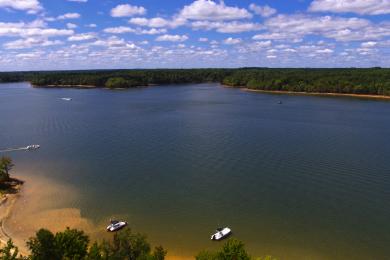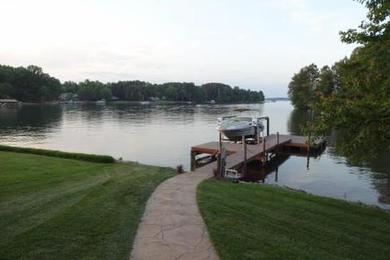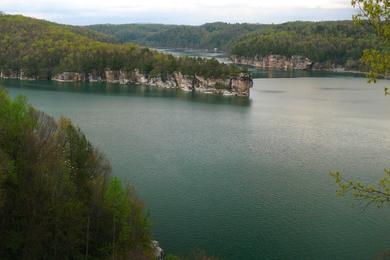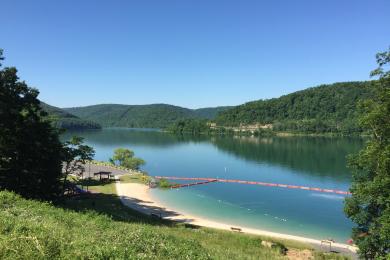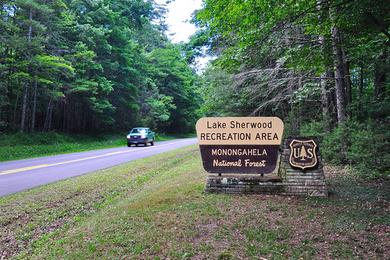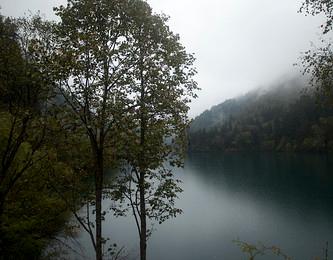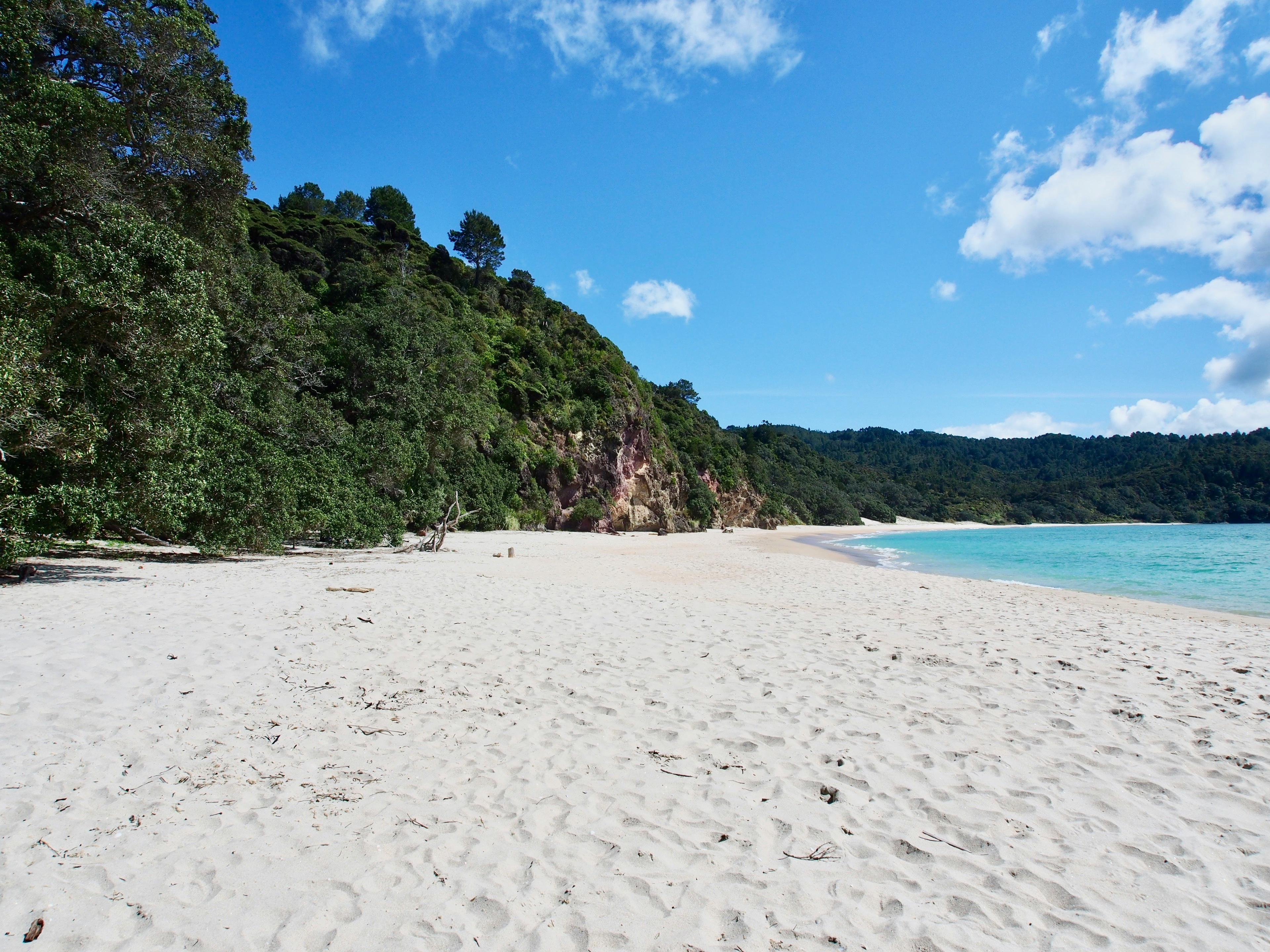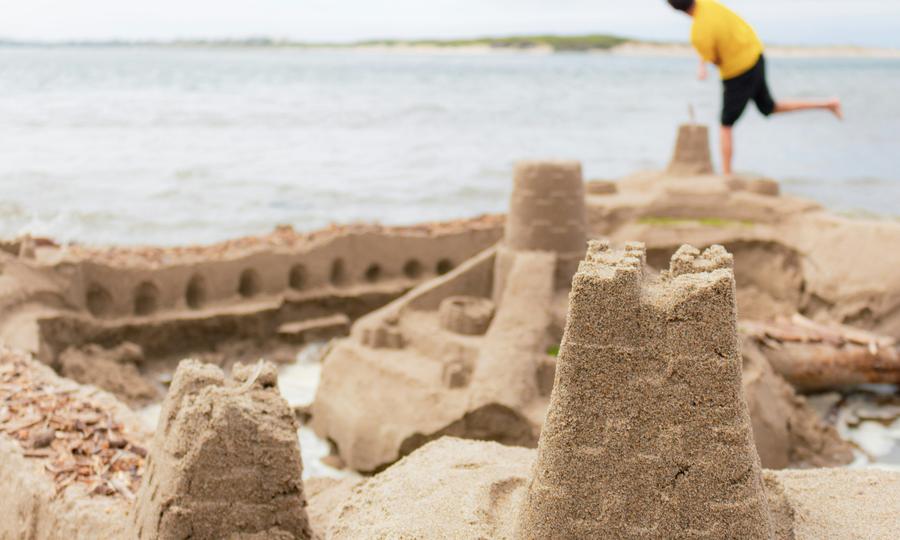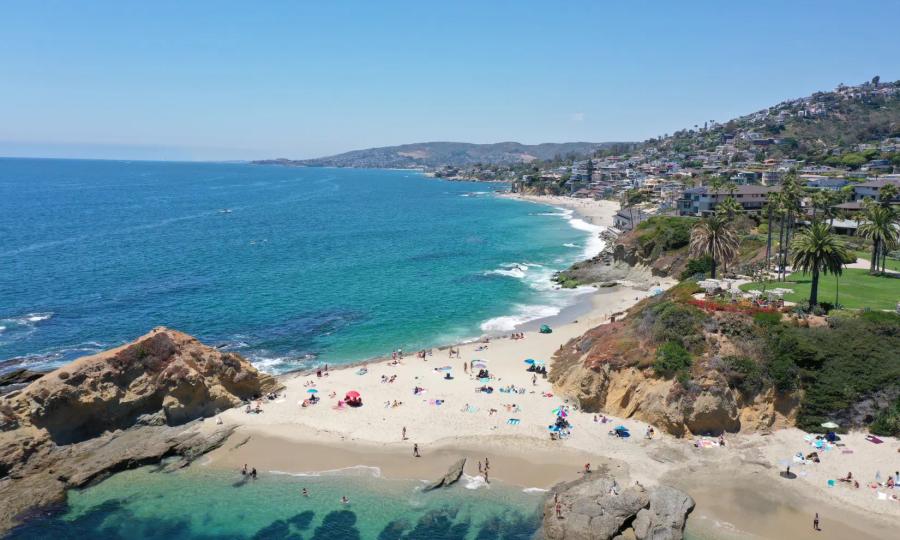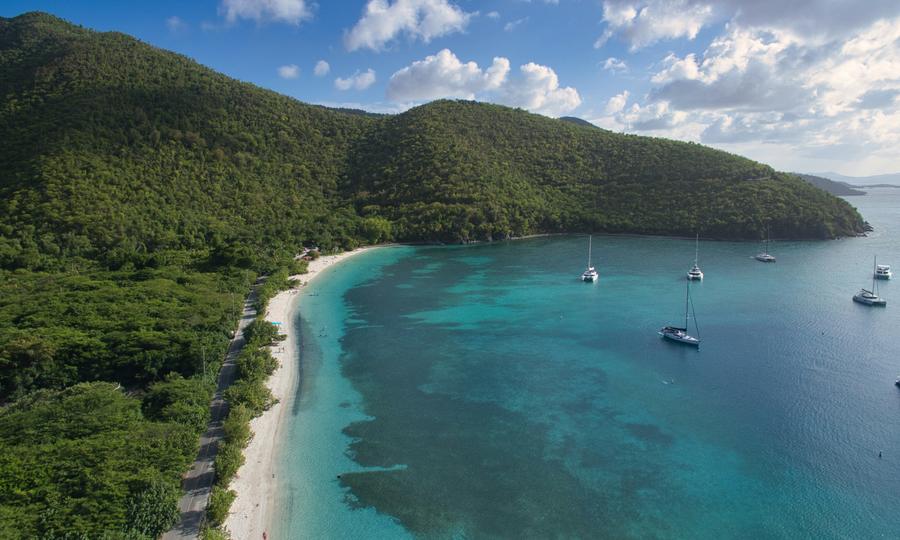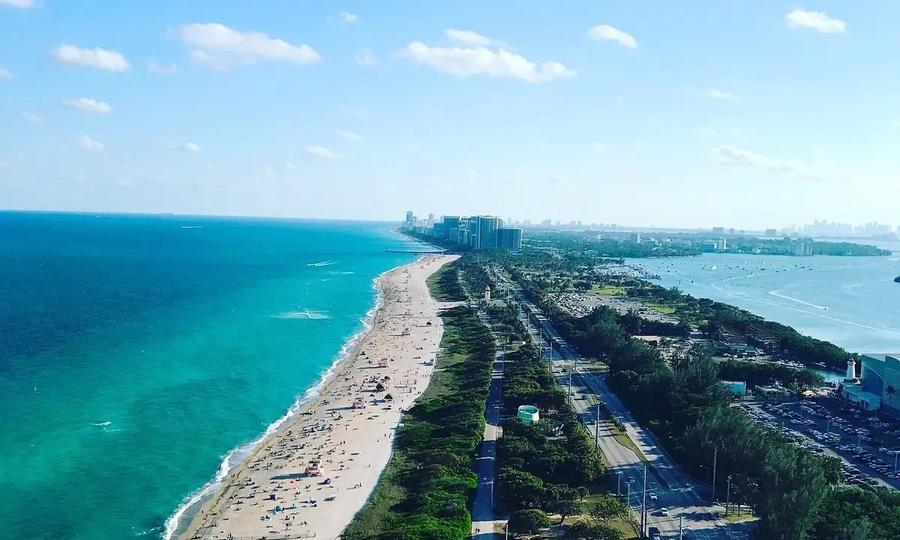John H. Kerr Reservoir, often referred to as Kerr Lake in North Carolina and Buggs Island Lake in Virginia, is a large reservoir located on the border of these two states. It was constructed between 1947 and 1952 primarily for hydroelectric power generation and flood control along the Roanoke River. The reservoir spans over 50,000 acres, offering a vast shoreline that stretches across several counties in both states. It is renowned for its recreational activities such as boating, fishing, camping, and hiking, making it a popular destination for outdoor enthusiasts. The area also features several parks and wildlife management areas, providing opportunities for wildlife viewing and hunting.
The reservoir's construction was a significant undertaking, involving thousands of workers and substantial resources. Today, it not only supports local ecosystems but also provides economic benefits through tourism. Visitors can enjoy the scenic beauty of the lake and its surroundings, which include historic sites and natural landscapes.
The reservoir is managed by the U.S. Army Corps of Engineers, ensuring that its resources are preserved for future generations while offering a variety of recreational opportunities.

